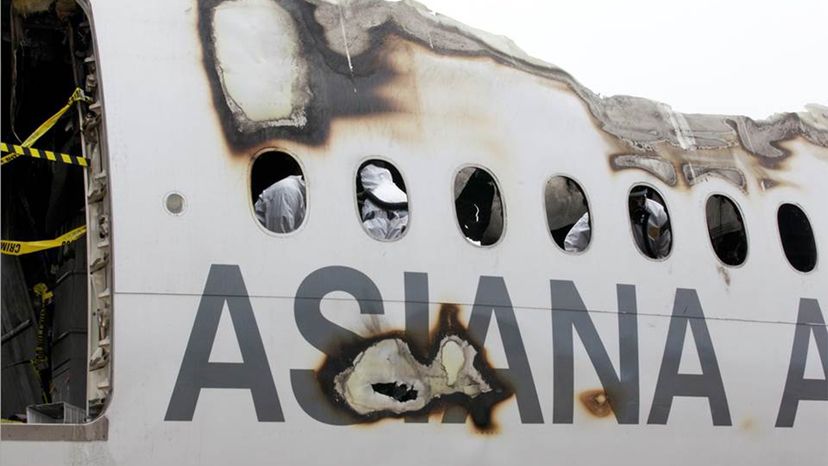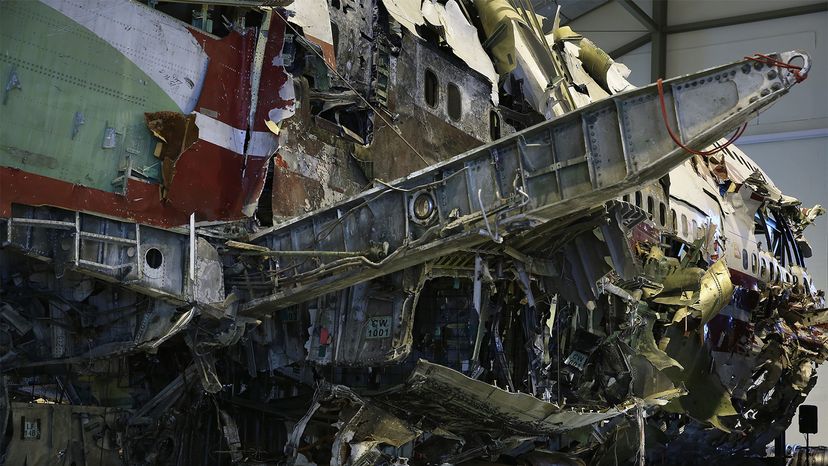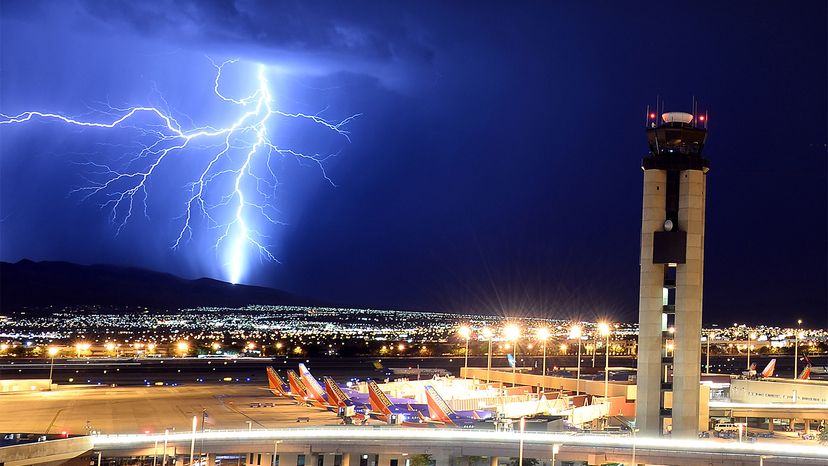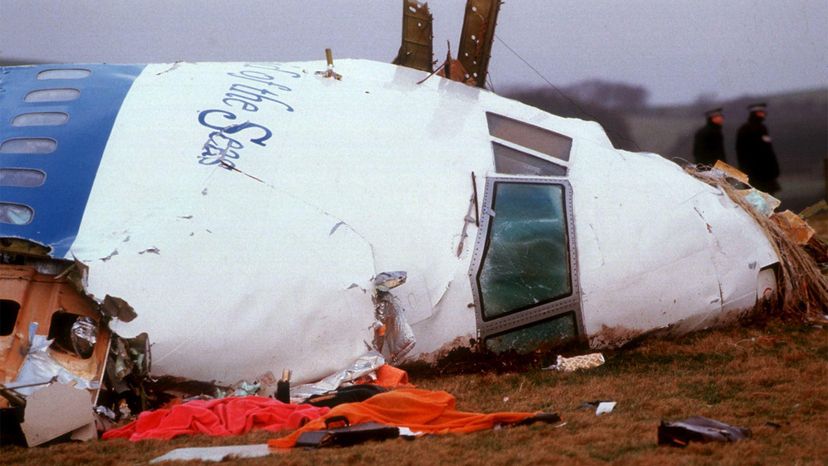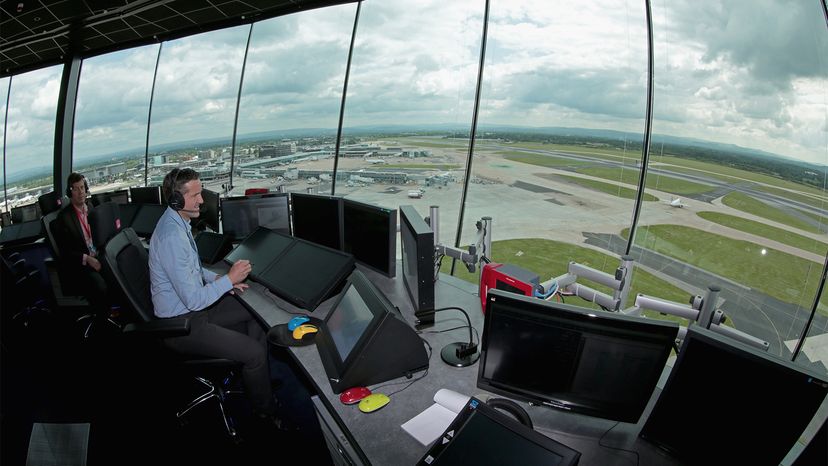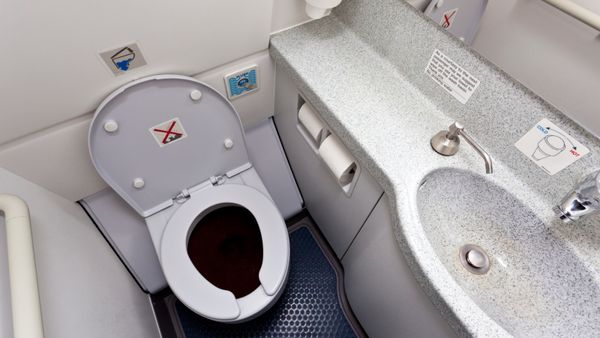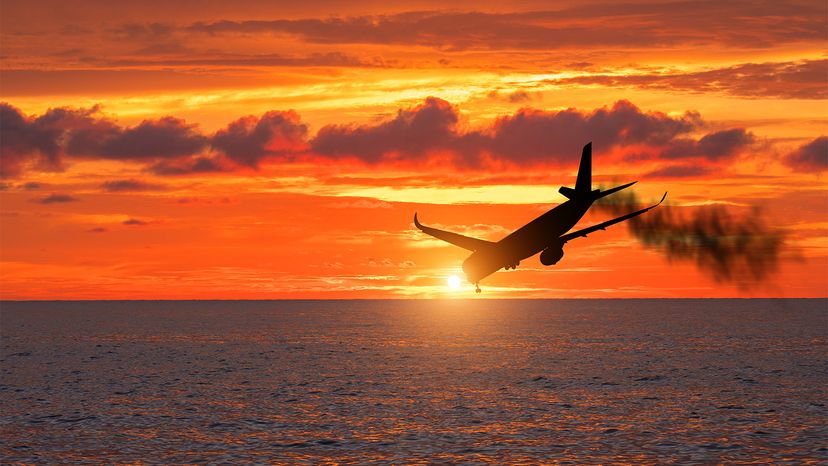
Key Takeaways
- Commercial airplane crashes can occur due to a combination of factors such as mechanical failures, human error and adverse weather conditions.
- Maintenance issues, pilot mistakes and communication breakdowns are common contributors to aviation accidents.
- Implementing rigorous safety protocols, improving technology and enhancing pilot training are vital for reducing the risk of airplane crashes.
Airline crashes are exceedingly rare events. In 2018, for example, according to the Netherlands-based Aviation Safety Network, there were 15 fatal airliner accidents, resulting in a total of 556 fatalities. But with 37.9 million flights worldwide. That works out to a rate of one fatal accident per 2.52 million flights [source: AVN].
But when a plane does go down, despite all the safety features of modern aircraft and the skill of highly-trained pilots, the flying public wants to know why it happened.
Advertisement
In the U.S., investigators from the Washington, D.C.-based National Transportation Safety Board (NTSB) are tasked with sifting through the wreckage, analyzing critical data from cockpit voice recorders and flight data recorders — the so-called "black boxes" — and perusing maintenance records, weather data and communications with air traffic controllers [sources: NTSB, Davies].
But even after painstaking probes, there isn't always a simple, clear answer to why these catastrophes occur. Instead, plane crashes often result from the interaction of a combination of factors, according to NTSB public affairs officer Keith Holloway.
"While the main cause of the crash was that the pilot lost control, for example, the weather could have been a factor in why that happened," Holloway says.
Harro Ranter, chief executive officer of the Aviation Safety Network, agrees with Holloway. "In most accidents, several factors are involved," Ranter says in an email. "In accident investigation, there is no such thing as a simple cause like 'pilot error.' There is always more involved."
Coming up with a list of causes is complicated, because different agencies and organizations that track crashes don't always describe them the same way. But in a 2015 article for The Conversation, British aviation safety expert Simon Ashley Bennett, director of the Civil Safety and Security Unit at the University of Leicester, listed five common causes of crashes. They're similar to the categories utilized by PlaneCrashInfo.com, a website that has amassed data on aircraft crashes since the 1920s. Here's some information on each of them.
